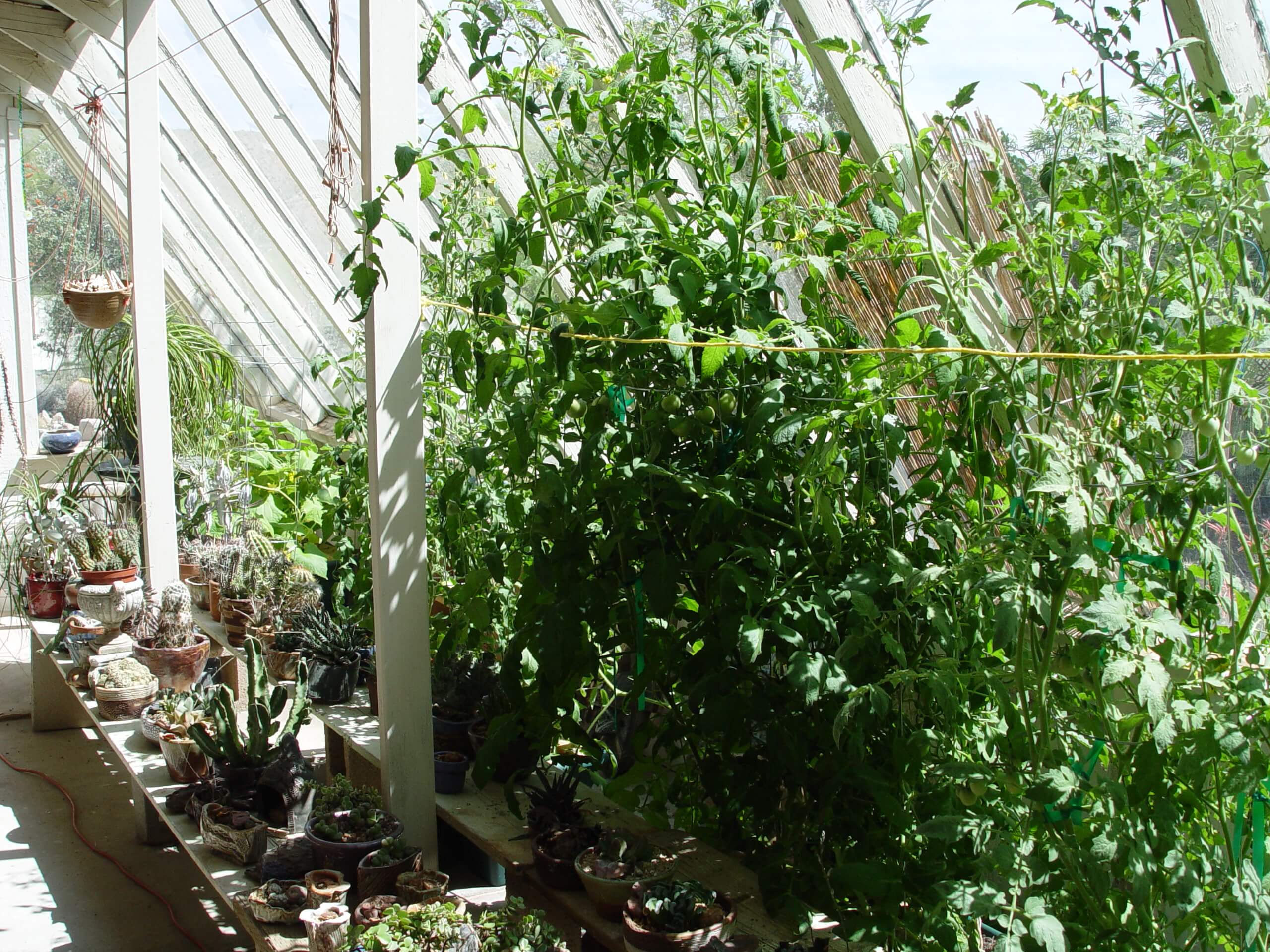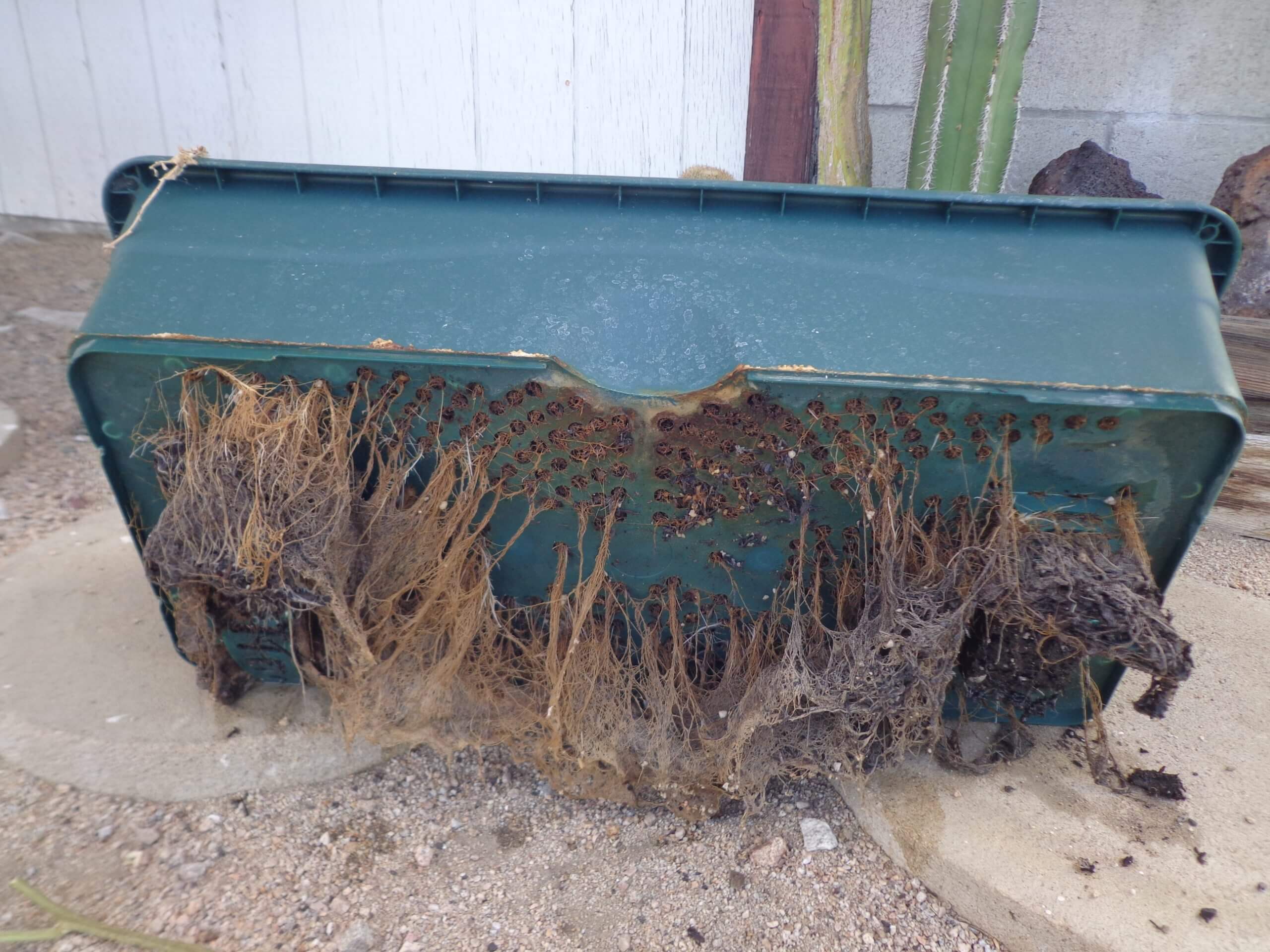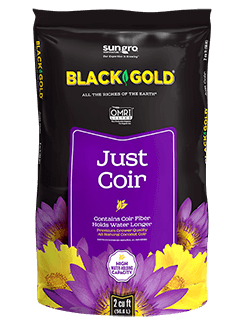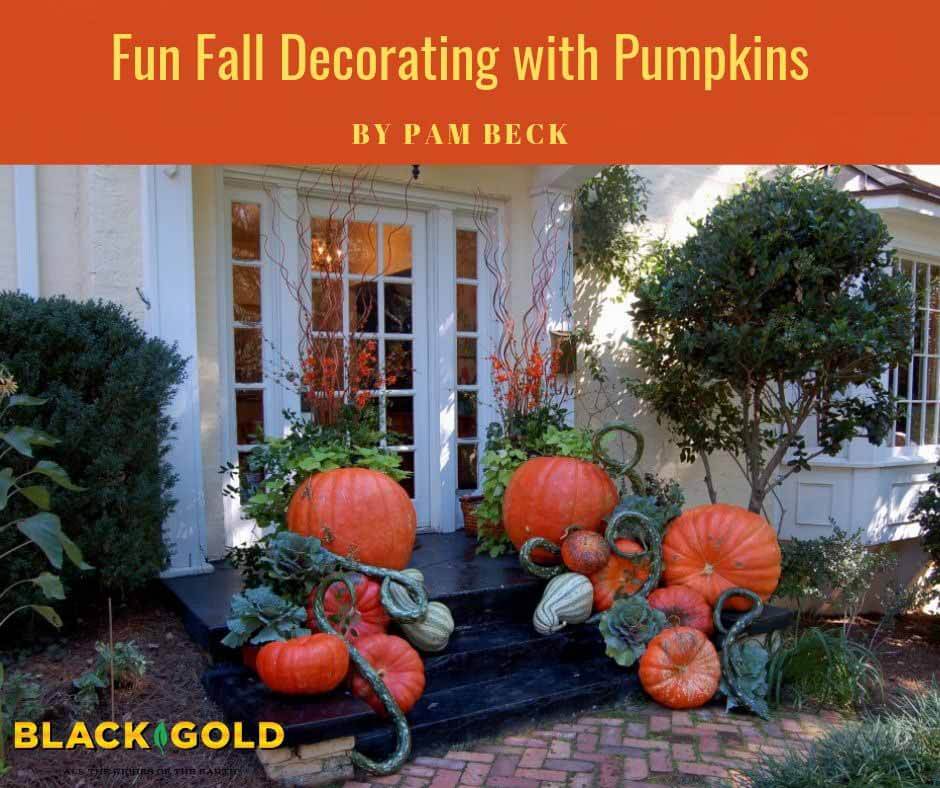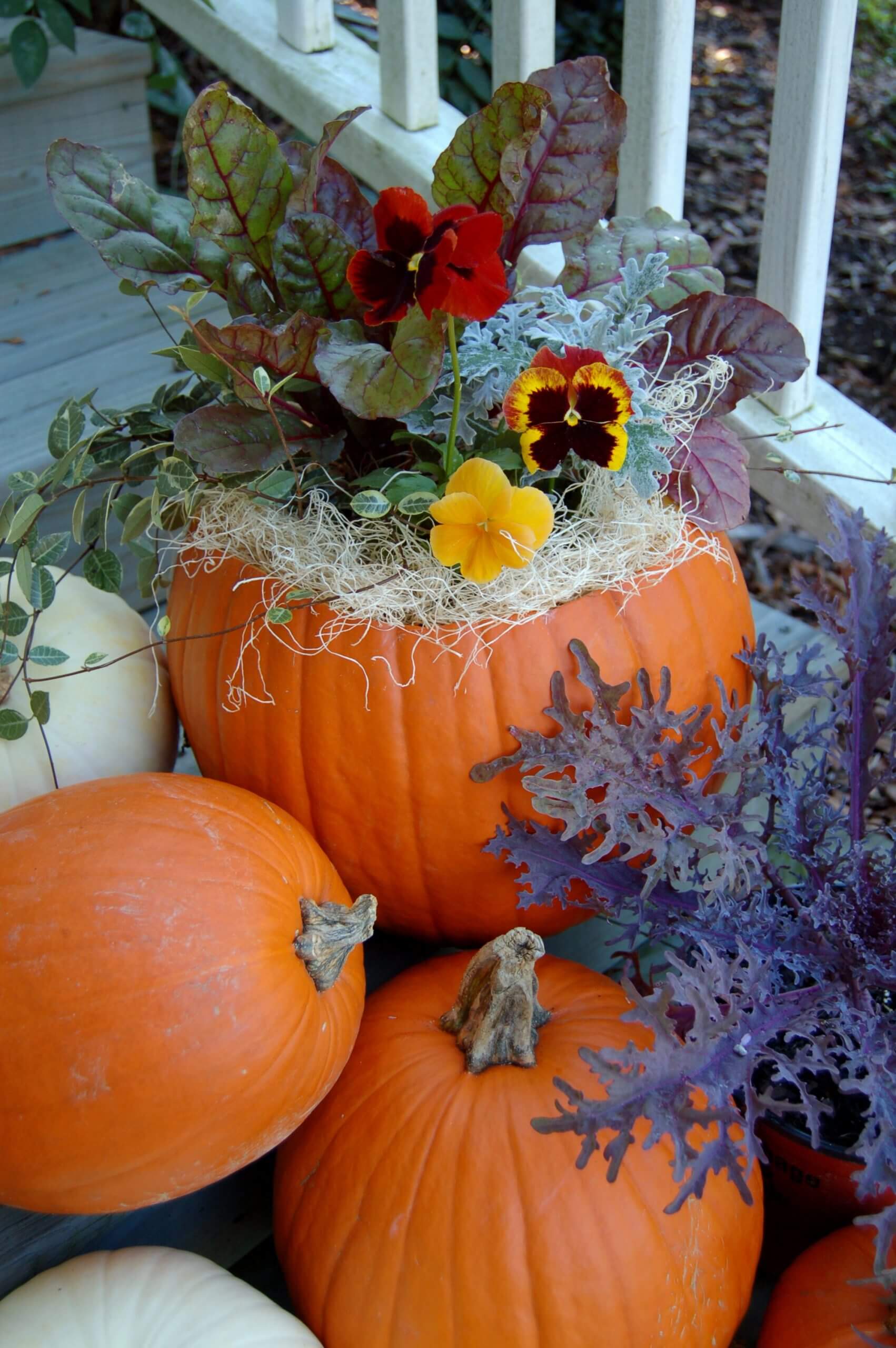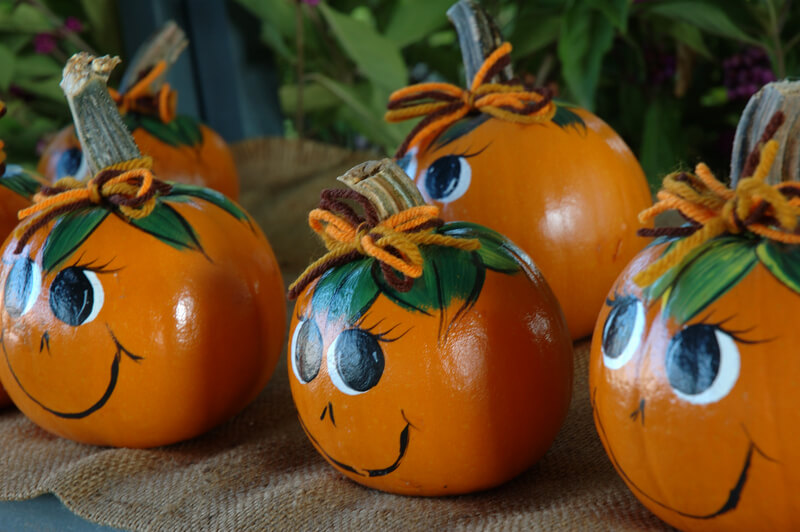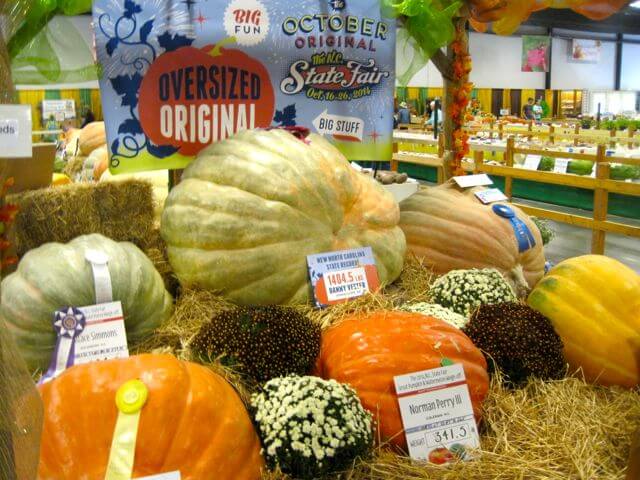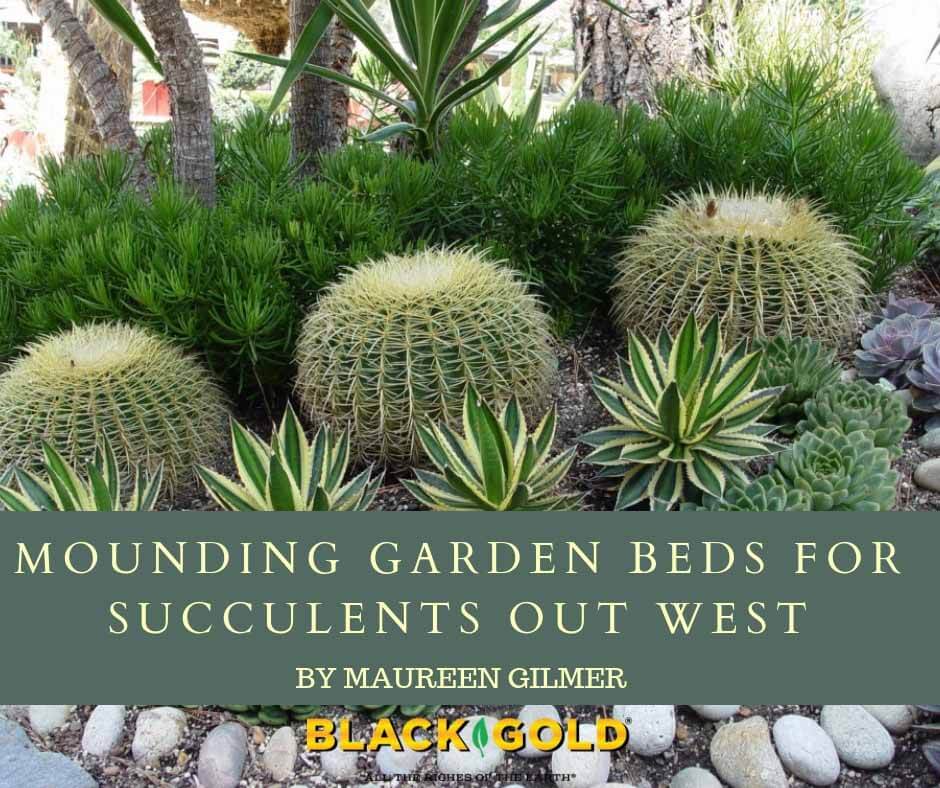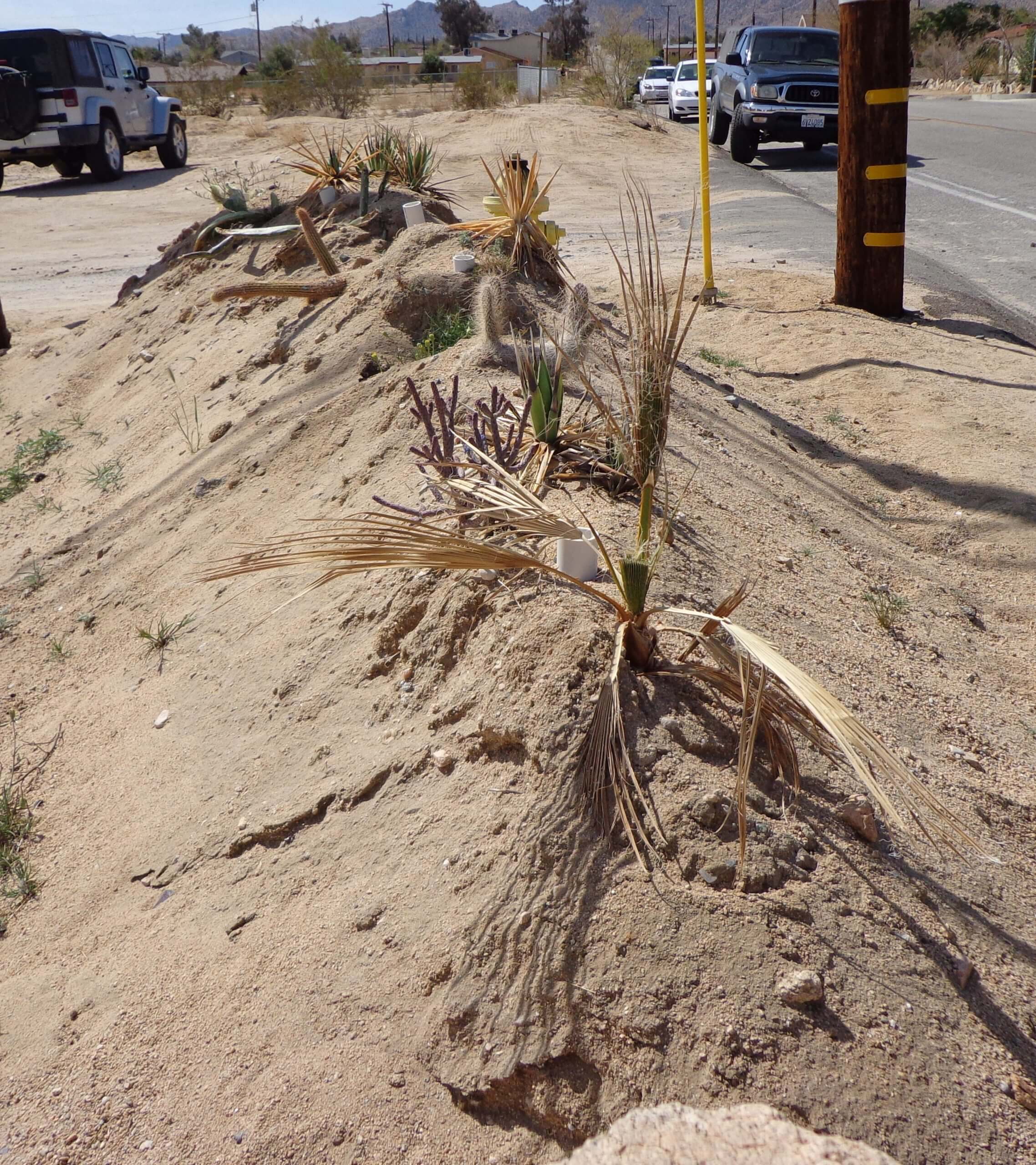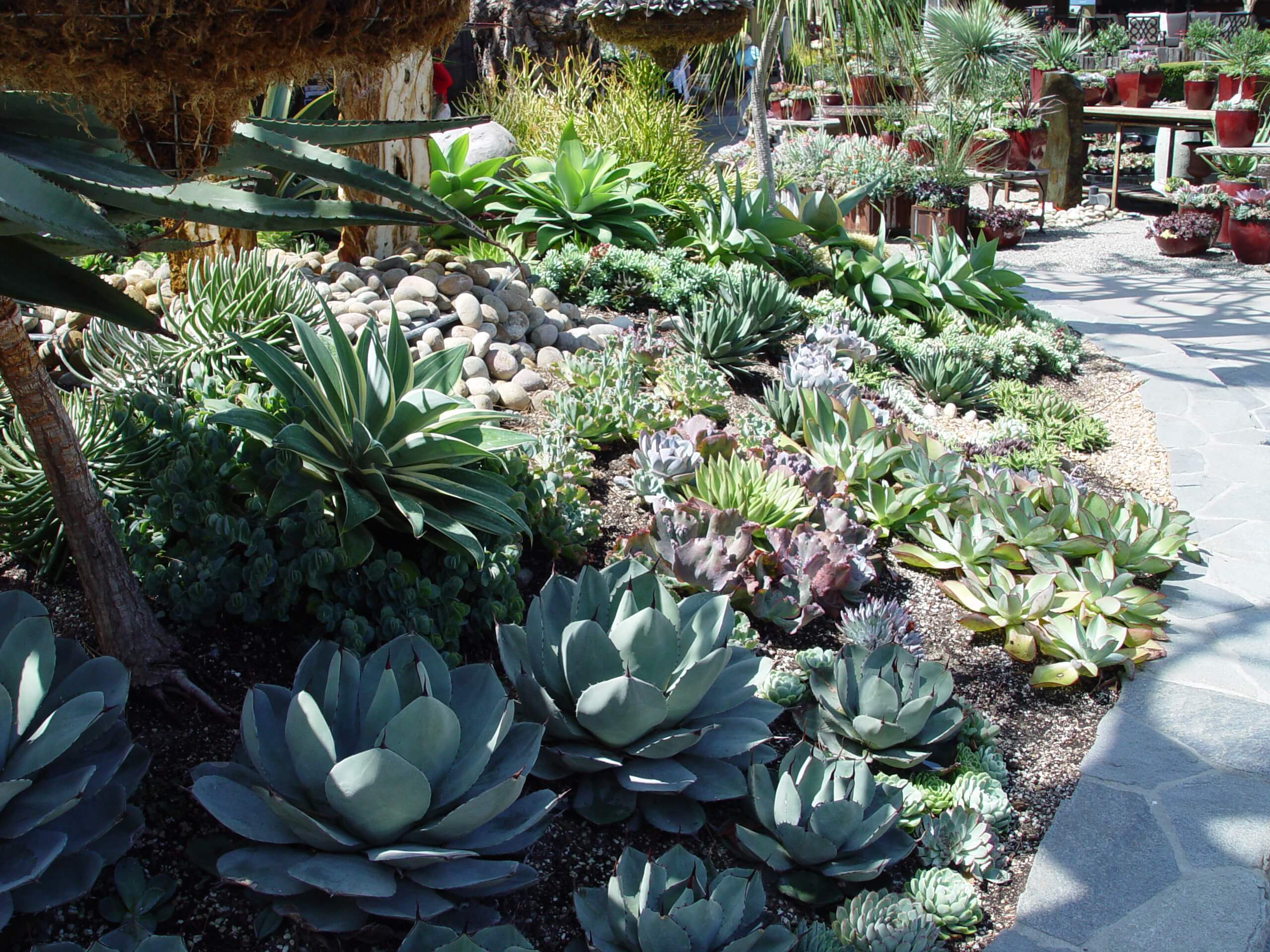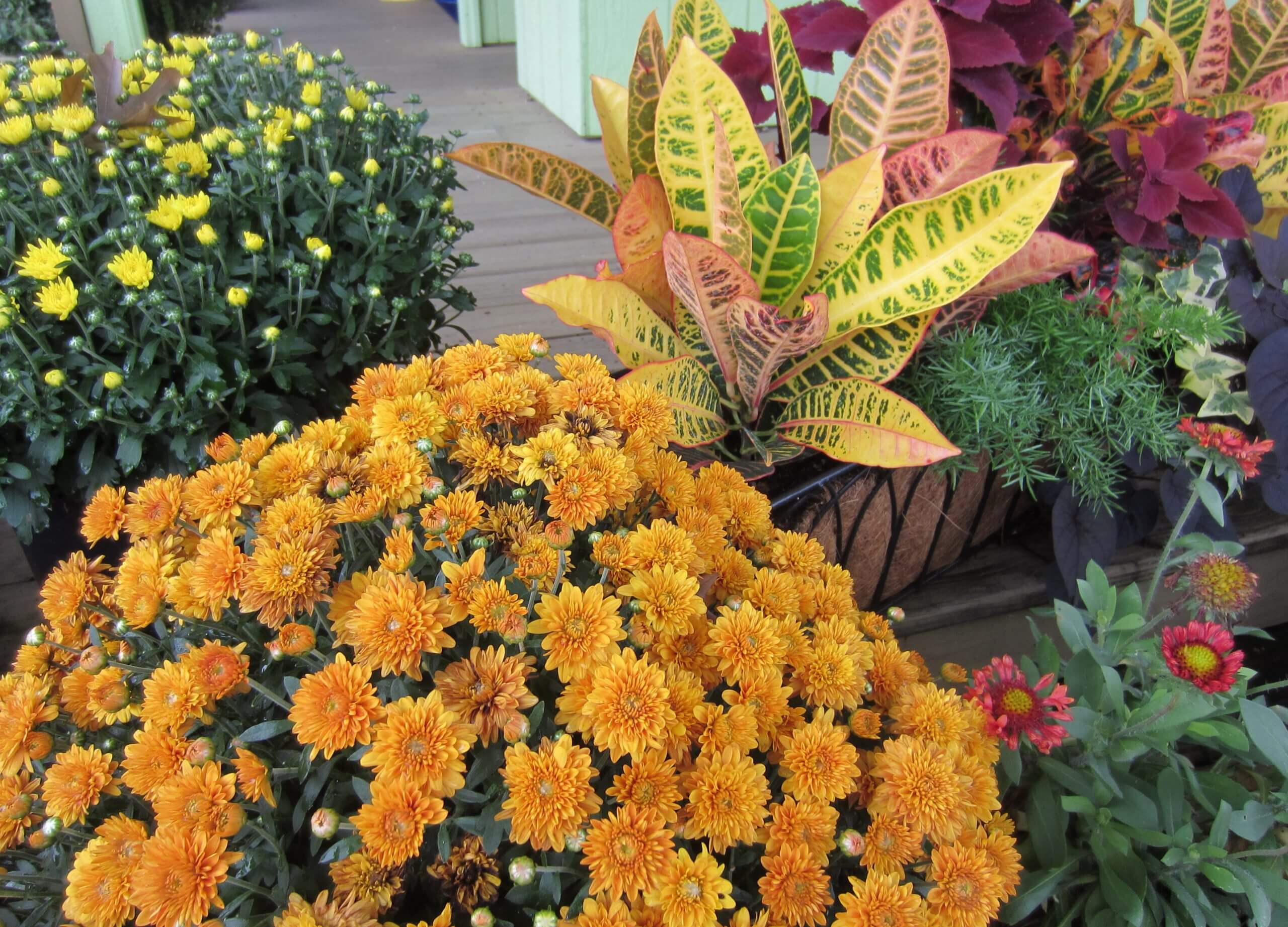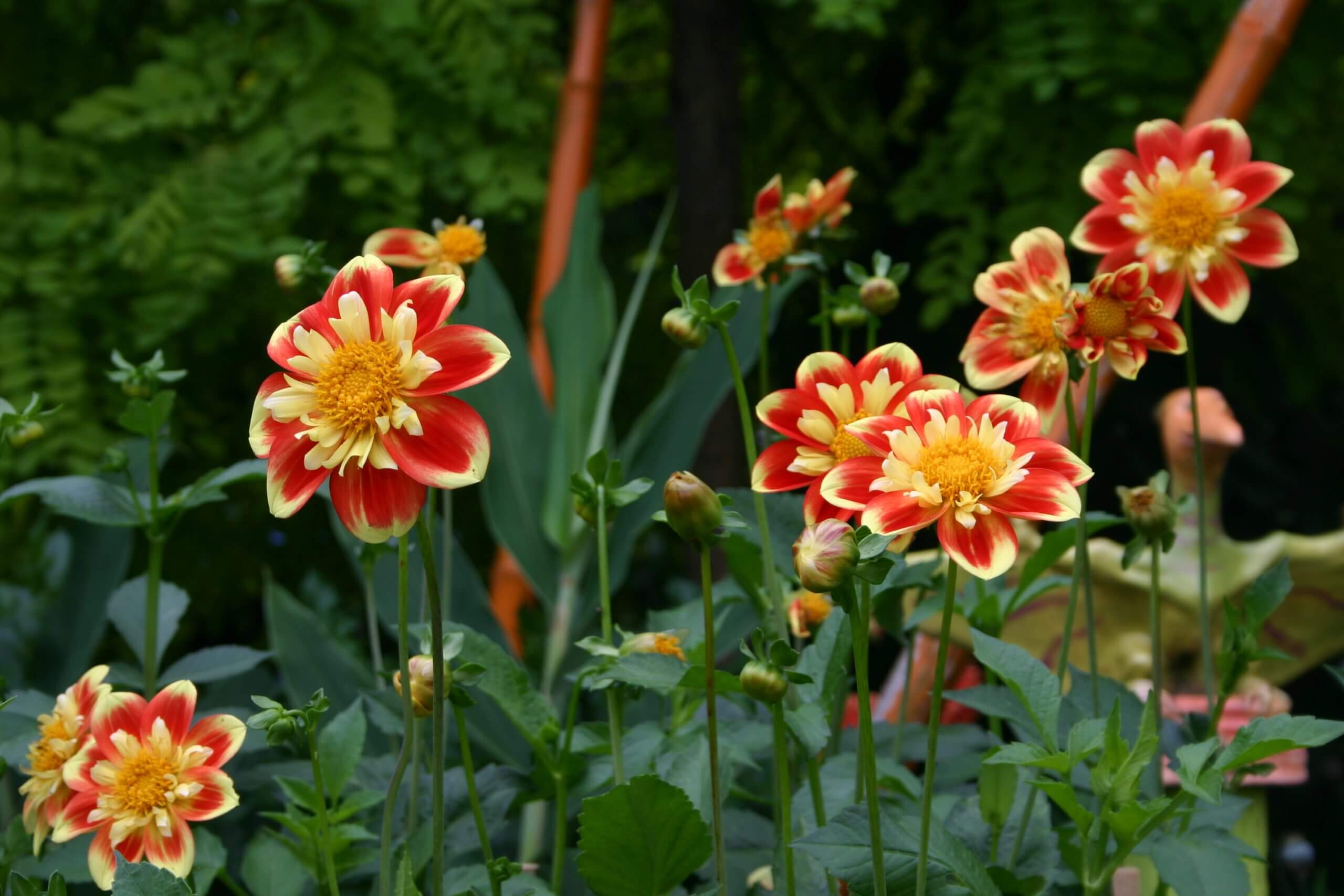
It’s absolutely counterintuitive to plant anything in August or September, but intuition is not always right. Go against your instincts, and sow cool-season seeds right now. Do it soon, and you’ll get your fall and winter garden started just in time.
Starting Fall Vegetables
If you’re a beginner and have never grown food outside the strict summer garden, now is your chance to give it a try. Sowing now takes advantage of the natural transition toward ever shortening day length and cooler temperatures. In the hot Southwest, frost holds off until later in the season, so a fall garden can often feed a family deep into the winter.
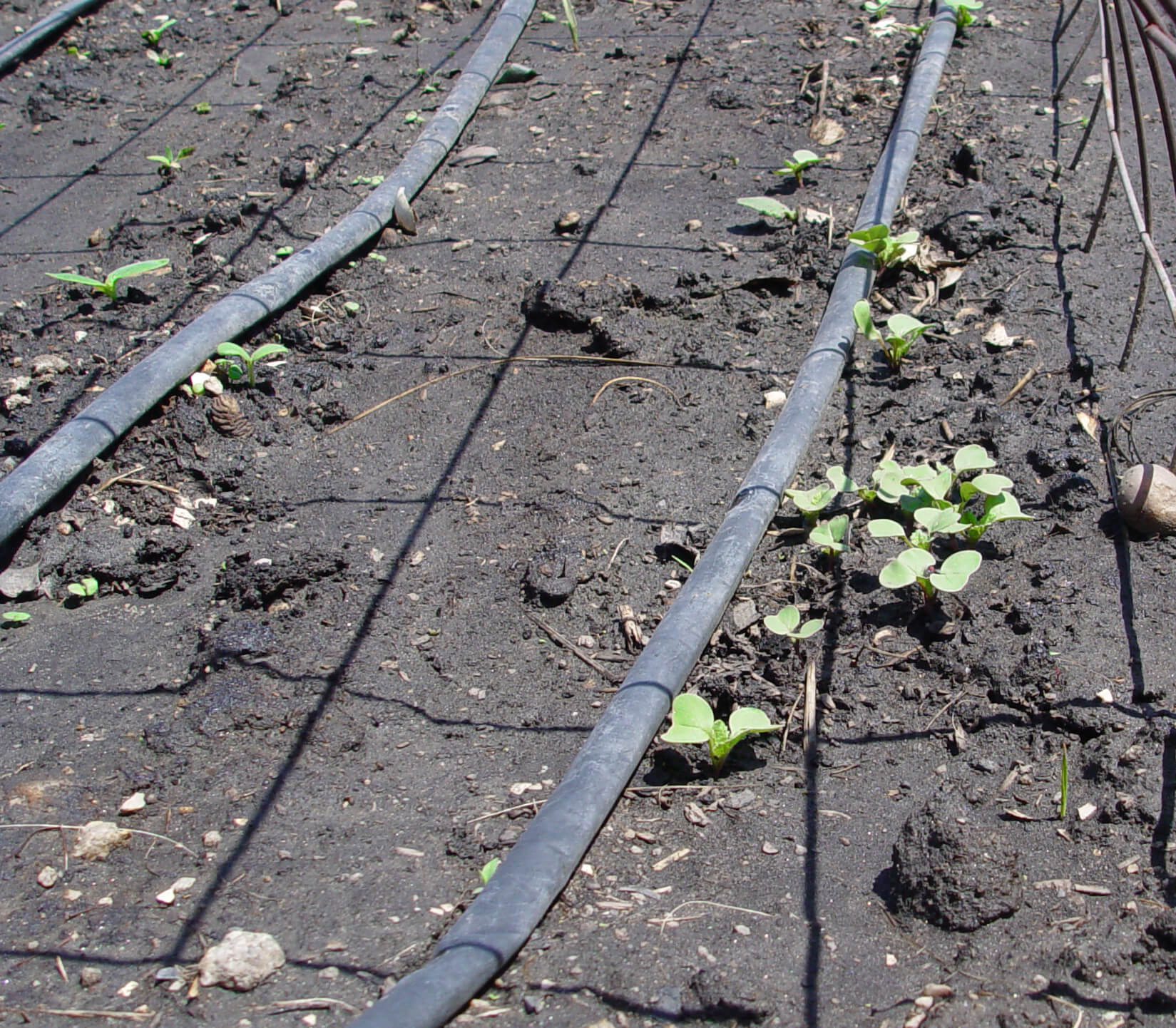
Though the summer food plants are in decline, many are still producing. Once a plant stops or dies, take it out promptly, and start sowing leaf and root crops like kale, carrots, beets, and chard. All of them can be sown directly into garden soil in late summer when it is warm enough to stimulate germination. The transition will be more gradual than spring planting because soil is prepared incrementally as space is freed up by plant removal. For example, after an aged squash dies back or mildews, simply take it out and sow cool-season seeds in its place.
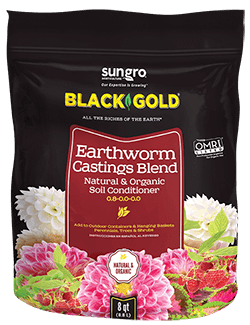
Sowing Fall Seeds
Every time you take out a dying summer plant, prep the soil before sowing because that soil has consumed much of its spring fertilizer and amendments. Lots of rich humus is needed to drive leaf- and stem-producing edibles. This requires amending the area to about six inches deep with a claw or fork to open the ground, then generously working in Black Gold Garden Compost. Don’t compact the soil, leave it fluffy so the seeds settle down into the moisture-retentive humus. Lightly cover seed with compost or sprinkle Black Gold Earthworm Castings on top of freshly sown seeds to introduce fresh microbes and micronutrients. (Fall seedlings can also be started indoors. Click here to learn how.)
The biggest challenge in getting the fall garden started is keeping the seedbeds adequately moist. An old method uses burlap laid right over the sown seedbed and pegged down on the corners. Water is applied right through the burlap which prevents dislodging the soil particles and acts like a mulch to keep the seed bed from drying out in the sun. Burlap is moved only after the little green shoots appear. A heat wave at this stage may require little burlap shade structures to shelter the seedlings until they harden off to direct sun. Drip irrigation is a great way to keep plants well irrigated once seedlings have popped up from the ground and the burlap is removed.
Choose Leafy Greens
Don’t overlook the ability to sow cool-season leafy vegetable seeds everywhere you can. Sow beets in the window boxes, colorful Bright Lights chard on the patio, but make sure you leave plenty of room for Dinosaur, or ‘Lacinato’, kale. This big burly kale from Italy takes more heat
and cold than any other. Though rather bold looking, it’s great eating because the best-tasting leaves are the old ones!
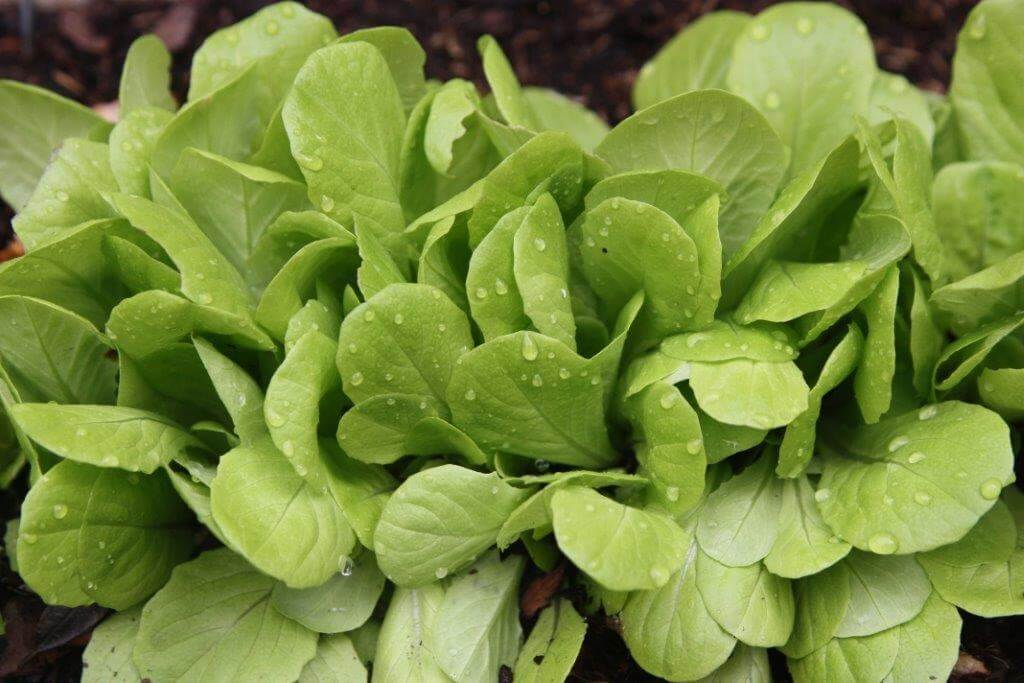
Keep in mind that nitrogen is important to any plant that produces an edible stem or leaf. Puny growth is often due to nitrogen depletion. Slow growth may not happen all at once, but you may see a reduction in plant size by late fall or early winter. Concentrated liquid fish fertilizer is the best organic nitrogen source for the long fall and winter growing season in the West.



